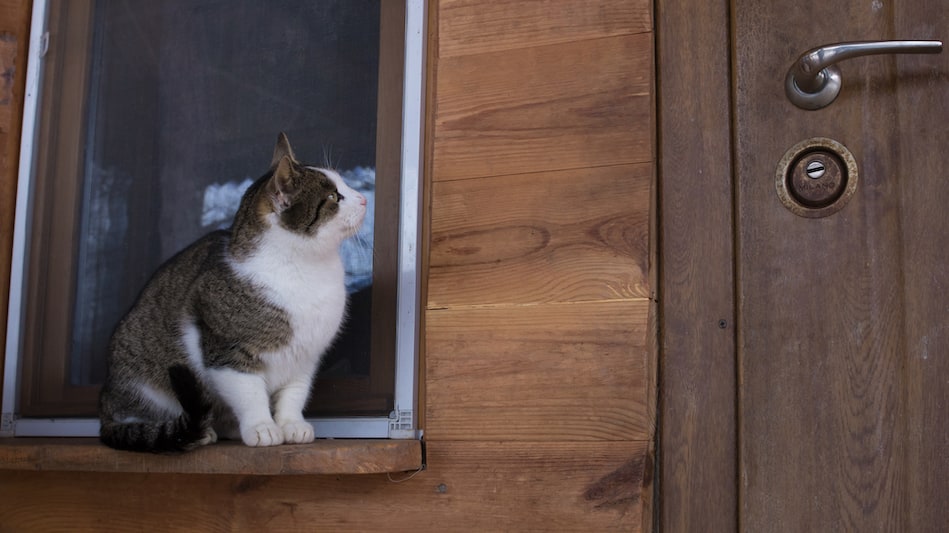Most pet owners know about the challenges associated with training a puppy, but kitten training is essential too! Kittens are curious and playful little things who need guidance just like any human baby or other young animal, they require a great deal of conscientious care and direction.
That’s where you come in! The task of researching how to train a kitten can certainly be daunting, but learning about a few essential things you’ll need from day one is a great place to start!
Choosing an appropriate carrier
Helping your new kitten grow accustomed to travel is important, as they’ll have plenty of veterinary appointments and other reasons to require transportation in a pet carrier as they grow older. You might say that this is the first opportunity for you to teach your kitten a useful life skill! However, choosing a carrier is more than just training—it’s about safety for you and your cat, too.
First, the carrier should be large enough for your kitten to have a full range of movement inside. This means your kitten should be able to stand up and turn around, for instance. A good rule of thumb when picking a carrier is that it should be roughly one and a half times your cat’s size.
Yes, this means you’ll need to upgrade your carrier as your kitten matures because choosing a carrier that’s too big could be uncomfortable for a kitten and lead to extra jostle during travel.
Aside from size, check for safety features that promote ease of use and comfort for your cat. Make sure the carrier you choose is easy to clean, well-ventilated, and equipped with a removable top.
How to keep your kitten coming home
The next thing you’ll want to tackle on your kitten training agenda is helping your kitten understand that your house is home. While this is particularly relevant if you plan to allow your new feline friend to enjoy the great outdoors, it’s equally critical for indoor cats, too! Mistakes happen, and cats are sneaky—their curiosity will likely overcome them and they’ll attempt to slip outside on occasion.
To anchor your kitten to you and your home:
- Only allow your kitten to exit through a single door in your home, and choose a door aside from the front door, if possible.
Encourage a home-seeking kitty to re-enter the house from any door. - Praise your kitten with pets and treats whenever it approaches you, encouraging comfort in your presence and promoting a sense of safety that’s centred on you, the new cat parent.
- When bringing your kitten back inside, open a door and urge it to walk in on its own rather than picking up your kitten and doing the work yourself.
Toilet training
Training your kitten to use the litter box should start right away—a kitten’s need to pee and poo won’t wait for you to get started!
As you introduce your kitten to its new home, make the litter box a featured part of the house tour.
You’ll want to place it somewhere separate from the kitten’s dining area (wherever you place food and water dishes) and preferably in a private location. This will encourage your kitten to use the litter box on its own, but don’t count on kitten instinct alone!
Help the newest member of your family learn to use its litter box by picking up your kitten and placing it in the litter box after meals and after playtime.
Keeping the litter box clean and tidy will also encourage your kitten to use the toilet appropriately—dispose of waste in the box at least once a day, and replace the litter entirely for a more thorough clean at least once a week. No kitten will want to use a filthy litter pan!
Maintaining an appropriate diet
As they grow and develop into adult cats, kittens have unique dietary needs. You must make sure you are meeting those dietary requirements while training them to eat and drink from bowls and rewarding them for training success with tasty treats.
Consulting with a veterinarian is the best way to make sure that your kitten is getting everything it needs to grow up into a healthy cat, but you can get started by:
- Choosing a pet food formulated particularly for kittens (which will contain extra calcium and phosphorus, for example).
- Feeding them treats that have been designed specifically for growth support and the development of healthy teeth and joints.
Check out these two healthy treat options for kittens:
Kitten training can indeed mean plenty of hard work, but you can’t put a price on the love your new family member will bring into your life. A little bit of patience at the beginning of your kitten’s journey with you will mean a whole lot of reward down the line!









